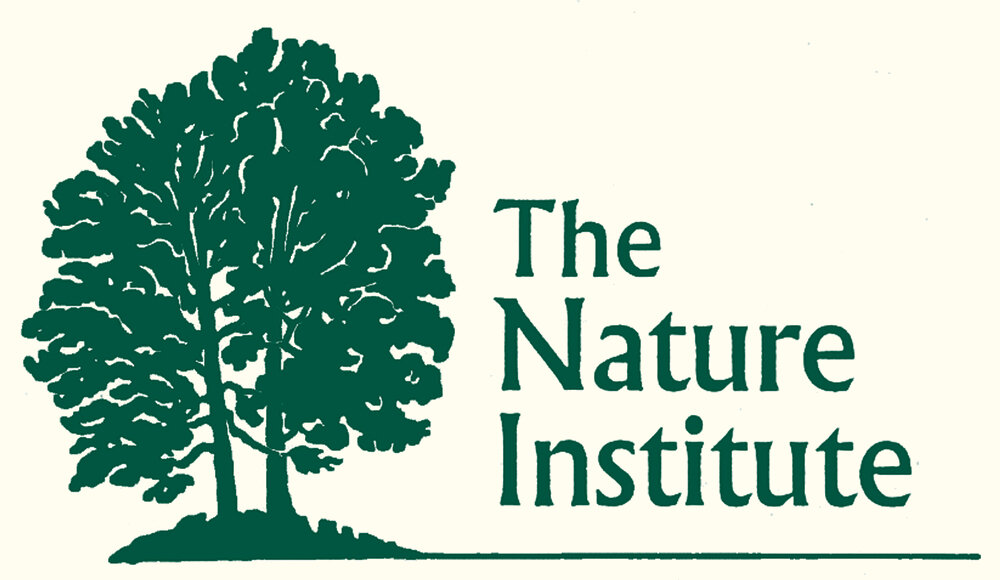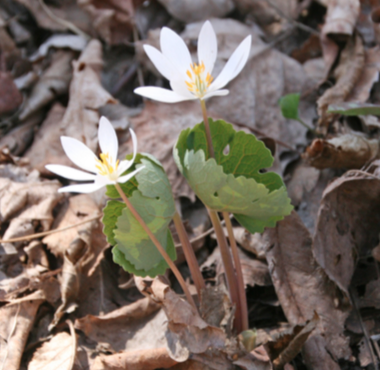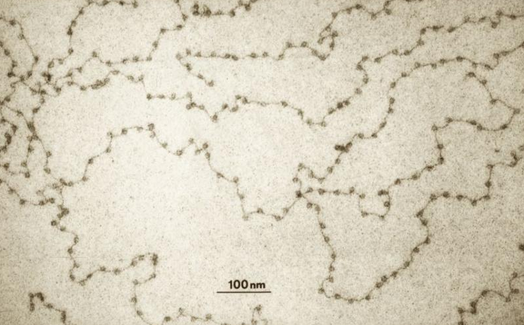Text templates
(for creating a new page)
Under “Features” there are 4 types:
Under “Details” there are 3 types:
…as an example, the one below is “Text”
Detail 1
Phasellus sodales massa malesuada tellus fringilla, nec bibendum tellus blandit. Maecenas non leo laoreet, condimentum lorem nec, vulputate massa. Sed a ligula quis sapien lacinia egestas. Maecenas non leo laoreet, condimentum lorem nec, vulputate massa. Suspendisse nec congue purus. Quisque congue porttitor ullamcorper.
Detail 2
Lorem ipsum dolor sit amet, consectetur adipiscing elit. Aenean eu justo sed elit dignissim aliquam. Suspendisse nec congue purus. Nulla eu pretium massa. Vivamus sit amet semper lacus, in mollis libero. Vivamus sit amet semper lacus, in mollis libero.
Detail 3
Nullam sit amet nisi condimentum erat iaculis auctor. Fusce at massa nec sapien auctor gravida in in tellus. In sit amet felis malesuada, feugiat purus eget, varius mi. Nulla eu pretium massa.
Quote options
(Not shown here are quotes with images)
“If we want to attain a living understanding of nature, we must become as flexible and mobile as nature herself”
— Johann Wolfgang von GOETHE
““Seldom have I experienced finding such a satisfying discussion [as in ‘The Story of an Organism: Common Milkweed’]. Some of my questions you completely answered. Others you commented on, validating what I have observed and musing about why it is the way it is. Put it in context. Thank you for writing that and making it available online.”
”
If we want to attain a living understanding of nature, we must become as flexible and mobile as nature herself — Goethe
(And a kind of Pull Quote created by dropping one text block into another, which allows the one to wrap around the other)
The knowledge [we] seek is not meant for controlling the world, but, rather, for unlocking it and letting a mute world become one that speaks to us in a thousand places.
— Erwin Straus
We investigate the whole organism as part of the larger web of life. By creating life history stories of plants and animals, we open up a new understanding of our fellow creatures as dynamic and integrated beings. Through this approach, the organism teaches us about itself, revealing its characteristics and its interconnectedness with the world that sustains it. This way of doing science enhances our sense of responsibility for nature. No one who has read, for example, Craig Holdrege's paper on the sloth, thereby coming to appreciate this animal as a unique, focused expression of its entire forest habitat, will be able to tolerate the thought of losing either the sloth or its habitat.
From a Reader
This is what one of our readers said… (See more options like this under “Image options” and “Block options below”)
Image options
This is how we often do quotes
- By Famous People
This is a tree
This Could Be An Article Title
By Seth Jordan
Finding the right color…
Block Options
Table 2. Producing a Genetically Modified Plant
Here is an example of how scientists produce a genetically modified plant. Monsanto Company was interested in developing genetically modified plants that would be resistant to their best-selling herbicide, Roundup, which contains as an active ingredient glyphosate. Glyphosate inhibits the synthesis of an important enzyme (EPSPS) that is part of a primary metabolic pathway from which many essential substances are derived. When sprayed with glyphosate, a plant turns yellow and dies within a week or two.
In the 1980s Monsanto scientists discovered a mutant strain of a soil bacterium (Agrobacterium spp. strain CP4) that was not killed by the herbicide. This bacterium forms its own variety of EPSPS enzyme, which is slightly different from plant EPSPS and is not affected by glyphosate. They succeeded in isolating the DNA (gene) connected with the synthesis of this enzyme. They fashioned a gene construct consisting of a variety of DNA from various sources (virus, plant, and bacteria; see Table 1) that they hoped would allow the uptake of the gene and then the expression of the bacterial EPSPS enzyme in plants. This construct was multiplied in bacteria and then re-isolated. The DNA construct was precipitated onto microscopic gold particles and these microprojectiles were shot into embryonic tissue from immature seeds of soybeans. The tissue was cultured in a nutrient medium. Thousands of shoot tips needed to be generated from the tissue cultures to find a few that actually had taken up the gene construct and were herbicide-resistant. From these shoots whole plants were regenerated, which became the first herbicide-resistant, genetically modified soybean plants. Field testing ensued and one particular line of transgenic soybean was highly resistant to the herbicide and also had good agricultural qualities. This "40-3-2" line was selected and cultivated further, finally becoming the parent line of subsequent Roundup Ready soybeans marketed by Monsanto Company.
Sources: McCabe et al. 1988; Padgette et al. 1995.
Here is an example of how scientists produce a genetically modified plant. Monsanto Company was interested in developing genetically modified plants that would be resistant to their best-selling herbicide, Roundup, which contains as an active ingredient glyphosate. Glyphosate inhibits the synthesis of an important enzyme (EPSPS) that is part of a primary metabolic pathway from which many essential substances are derived. When sprayed with glyphosate, a plant turns yellow and dies within a week or two.
In the 1980s Monsanto scientists discovered a mutant strain of a soil bacterium (Agrobacterium spp. strain CP4) that was not killed by the herbicide. This bacterium forms its own variety of EPSPS enzyme, which is slightly different from plant EPSPS and is not affected by glyphosate. They succeeded in isolating the DNA (gene) connected with the synthesis of this enzyme. They fashioned a gene construct consisting of a variety of DNA from various sources (virus, plant, and bacteria; see Table 1) that they hoped would allow the uptake of the gene and then the expression of the bacterial EPSPS enzyme in plants. This construct was multiplied in bacteria and then re-isolated. The DNA construct was precipitated onto microscopic gold particles and these microprojectiles were shot into embryonic tissue from immature seeds of soybeans. The tissue was cultured in a nutrient medium. Thousands of shoot tips needed to be generated from the tissue cultures to find a few that actually had taken up the gene construct and were herbicide-resistant. From these shoots whole plants were regenerated, which became the first herbicide-resistant, genetically modified soybean plants. Field testing ensued and one particular line of transgenic soybean was highly resistant to the herbicide and also had good agricultural qualities. This "40-3-2" line was selected and cultivated further, finally becoming the parent line of subsequent Roundup Ready soybeans marketed by Monsanto Company.
Sources: McCabe et al. 1988; Padgette et al. 1995.
New!
We have now made available the text of Ron Brady’s Ph.D. thesis, “Towards a Common Morphology for Aesthetics and Natural Science: A Study of Goethe’s Empiricism.”
List options
Since the gene construct is inserted into the host organism in a haphazard fashion (see Table 2), the insertion process itself may be fraught with unintended effects (Day et al. 2000; Freese and Schubert 2004; Forsbach et al. 2003; Latham et al. 2006; Makarevitch et al. 2003; Wilson et al. 2004):
- Since multiple copies of the construct are shot into tissue cultures or inserted into bacteria (Agrobacterium) that are subsequently used as vehicles to get the construct into cells, multiple copies of the construct and/or multiple fragments thereof may be inserted into the plant's genome - in different places in the same chromosome or in different chromosomes.
- A single gene construct may be broken up and fragments inserted in different places in the host organism's genome. Such fragments may or may not have any direct effects.
- The insertion of the gene construct or its fragments may interrupt a functional gene at the place of insertion (“insertional mutagenesis”) and thereby cause a loss or change of function of that gene.
- There may be rearrangement of DNA in and around the site of insertion.
- Assuming the target gene is functionally incorporated into the host organism's genome, the organism will produce new substances, most commonly enzymes, that lead to the intended effect. The host organism's metabolism can interact in unknown ways with the transgene and its products. For example, the organism may react to the genetic manipulation by shutting down the expression of the transgene; this is called transgene silencing (Matzke et al. 2000). An organism may even overcompensate and stop production of similar substances it would normally produce. As a result, the effect of the genetic manipulation becomes the opposite of what was intended - less, rather than more, of the desired substance is produced (Tretheway et al. 1998).
- Tissue culturing - the process of regenerating the manipulated plant tissue into full plants - may itself cause an increase in mutations in the plant, which can have their own effects and possibly interact with the foreign genes in unexpected ways (Jain 2001; Filipecki and Malepszy 2006).
- Organisms belonging to the same species are not genetically identical. Each individual organism possesses a unique genome. This is called its genetic background, and it is into this background that the transgene is inserted. Therefore, the same gene construct can elicit subtly different effects in different specimens (Horvath et al. 2001). This plays a role, of course, in the selection of the specific variety of soybean, corn, or other crop one uses as the parent variety for genetic modification.
- Unintended effects may arise when the transgenic organism is subjected to changing environmental conditions and its metabolism responds to these conditions by producing different substances and structures, which may affect, and be affected by, the transgene and its products (Gertz et al. 1999; Chen et al. 2005).
Table
| Wildflowers Blooming May-June | Wildflowers Blooming July-August |
|---|---|
| Coltsfoot (Tussilago farfara) | Tower Mustard (Arabis glabra) |
| Wood Strawberry (Fragraria vesca) | Steeplebush (Spiraea tomentosa) |
| Dandelion (Taraxacum officinale) | Indian Tobacco (Lobelia inflata) |
| Common Cinquefoil (Potentilla simplex) | Knapweed (Centaurea maculosa) |
| Blue Flag Iris (Iris versicolor) | White Avens (Geum canadense) |
| Hawkweed (Hieracium vulgatum) | Common Plantain (Plantago major) |
| Broad-leafed Wood Violet (Viola latiuscula) | Goldendrod (Solidago spp.) |
| Dog Violet (Viola conspersa) | White Snakeroot (Eupatorium rugosum) |
| White Wood Aster (Aster divaricatus) | |
| Daisy Fleabane (Erigeron annuus) |
Anchor Links
To put an anchor link on a page:
Go to the place where you want the anchor link
Click the water drop to add a content block
Go to the “More” section and add a code block
In the code block write
<p id="1"></p>
(or 2, or 3, etc.)
Then, in the link that you want to lead to that anchor, write the name of the page and add /#1
so, for instance, if the anchor was on the store page, then the link would read:
/store/#1
Markdown code for doing superscript
The ability to move at high speed for long distances is intimately connected with the structure of the limbs, a connection that has been researched in detail in horses, which have virtually the same body structure as zebras. 24
Random
I need somewhere to place an image so that it lives on the website, so that I can then link to it in a block (because the block doesn’t actually embed it but just links to a URL… I know that’s weird and hard to understand.) Anyways, please don’t erase the image(s) below.














